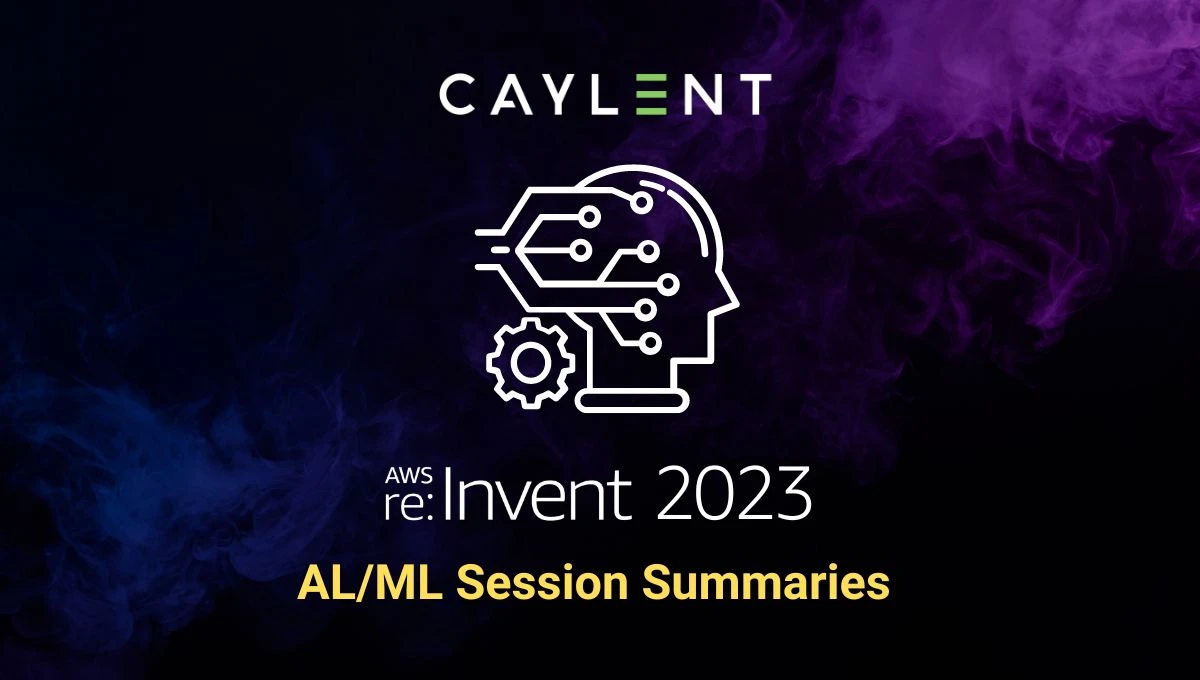This new feature introduces a new request routing layer, fully elastic shards that scale in and out as needed, and a reimagined time-sync protocol thanks to AWS Nitro chips.
This matters to our customers greatly. Especially in the area of cost savings, speed, and scalability. Our customers who need high-performing and serverless database implementations can now take advantage of Aurora Limitless Database. We can now enable high throughput workflows to scale to millions of write transactions per second and also manage petabytes of data in a single database.
Amazon Elasticache Serverless
Our journey continued as Peter announced Amazon Elasticache Serverless for both Elasticache and Memcached. Before today, users had to provision a traditional cache with enough memory to be able to store data before being committed to a database. Not provisioning enough memory in your cache could risk data loss and performance degradations. However, over-provisioning your capacity could lead to excess costs. Now, with Amazon Elasticache Serverless, we can take the right size of our caches to adapt to the changing needs of our workflows.
But how? According to DeSantis, "When we solve an interesting problem, we can often use the solution to solve problems in other places." With the problems that were solved during the creation of Aurora Limitless Database, AWS has been able to leverage the same underlying innovations with Amazon Elasticache Serverless. Under the hood, this service uses "Caspian." Caspian is an underlying compute layer that handles the distributed load generated by transactions that occur at a massive scale! Caspian enables the ElastiCache service to scale cache nodes as needed, which helps in right-sizing your cache to take advantage of both performance and cost. Additionally, improvements in the request routing layer enable several cache shards that receive data and extremely low latency from just one single cache endpoint.
Our customers will find this matters because now, just like with Aurora Limitless Database, they can leverage an extremely fast and scalable cache that just works. Gone are the days of time-consuming capacity planning, which will now allow our customers to get back their time, as well as save on cost.
Amazon Redshift Serverless: Next Generation AI-driven scaling and optimizations
Now available in preview, this feature uses a new ML-powered forecasting model that is trained on historical query data to proactively scale and adjust capacity. The new ML models used under the hood use embeddings to help learn the resource demands needed by each query. DeSantis noted, "As datasets change, what was simple yesterday, might not be so simple today." Desantis also went on to walk us through how the service leverages AI improvements to make its decisions.
First, the models look in the cache of the cluster to check whether the exact query has been seen before. If not, it will look in locally trained prediction models that have been trained on your specific data. Lastly, if a query has not been seen before, it will reference globally trained prediction models to check if anything like the specified query has been seen before. These globally trained models leverage the learning gained from every query that has ever run. This is extremely fascinating for anyone in the data science community who uses this service on a daily basis for their analytics workloads.
Our customers will find this to be important because they can now essentially eliminate many data warehouse management tasks, all while still experiencing improved cost efficiency and performance.
Conclusion
We learned about several new key developments related to serverless computing in Peter DeSantis' Monday Night Live session. We learned several key takeaways from the night. New serverless innovations are going to help make serverless computing more accessible from a cost savings standpoint, especially with databases and data engineering in general. We will now have the ability to gain clear right-sizing of our data workloads that will scale efficiently while still keeping our overall spend top of mind.Our customers will be able to leverage all the new innovations while still being able to make cost-conscious decisions. As Desantis noted, "change over the long term is easy, but change over the short term is hard." AWS compute innovations help us adapt to change by continually solving complex problems. Pushing the boundaries of serverless computing, like what was explained to us Monday night, is a clear reason why AWS is the best place to run any of our workloads.





